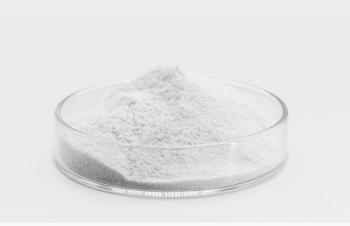
- Pharmaceutical Technology, July 2023
- Volume 47
- Issue 7
- Pages: 30–35
In-Vitro Permeation Test Data Analysis with MS Excel as per FDA’s Guidance
FDA’s new guidance on in-vitro permeation test studies published in October 2022 gives technical and statistical requirements for conducting these tests to compare topical generic drugs with their reference products.
This article describes the data processing procedures and FDA statistical mathematics of an in-vitro permeation test (IVPT) study for evaluating a generic topical drug product against its reference product. IVPT-Stat v2.0, a tool composed of two Microsoft (MS) Excel files, is provided in the present paper to perform FDA statistic bioequivalence analysis with IVPT data (i.e., maximum flux [Jmax] and total cumulative amount permeated [denoted as AMT]) of the test and reference topical drug products. The algorithms and use of IVPT-Stat v2.0 are also elucidated with examples. As a MS Excel-based tool, IVPT-Stat v2.0 is user friendly and can be easily run by most industry practitioners and should make IVPT data analysis easy.
Peer-reviewed research
Submitted: Feb. 17, 2023
Accepted: March 29, 2023
About the author
Lei Lei, PhD, ryan.lei@cutiatx.com, is the senior vice-president R&D of Cutia Therapeutics, Shanghai, China.
Article details
Pharmaceutical Technology
Vol, 47, No. 7
July 2023
Pages: 30–35
Citation
When referring to this article, please cite it as Lei, L. In-Vitro Permeation Test Data Analysis with MS Excel as per FDA’s Guidance. Pharmaceutical Technology 2023, 47 (7), 30–35.
Articles in this issue
over 2 years ago
Gaining a Deeper Understanding of Aseptic Needsover 2 years ago
Navigating the Formality Spectrum in ICH Q9(R1)over 2 years ago
Overcoming Analytical Challenges in High Potency Formulationover 2 years ago
Automation Aids Cell and Gene Therapy Productionover 2 years ago
Monitoring for Microbesover 2 years ago
Good Practices for Data Integrityover 2 years ago
Top 10 Considerations when Meeting with Regulatorsover 2 years ago
Improvements to EMA’s PRIME Designation Schemeover 2 years ago
New Deal on the HorizonNewsletter
Get the essential updates shaping the future of pharma manufacturing and compliance—subscribe today to Pharmaceutical Technology and never miss a breakthrough.




